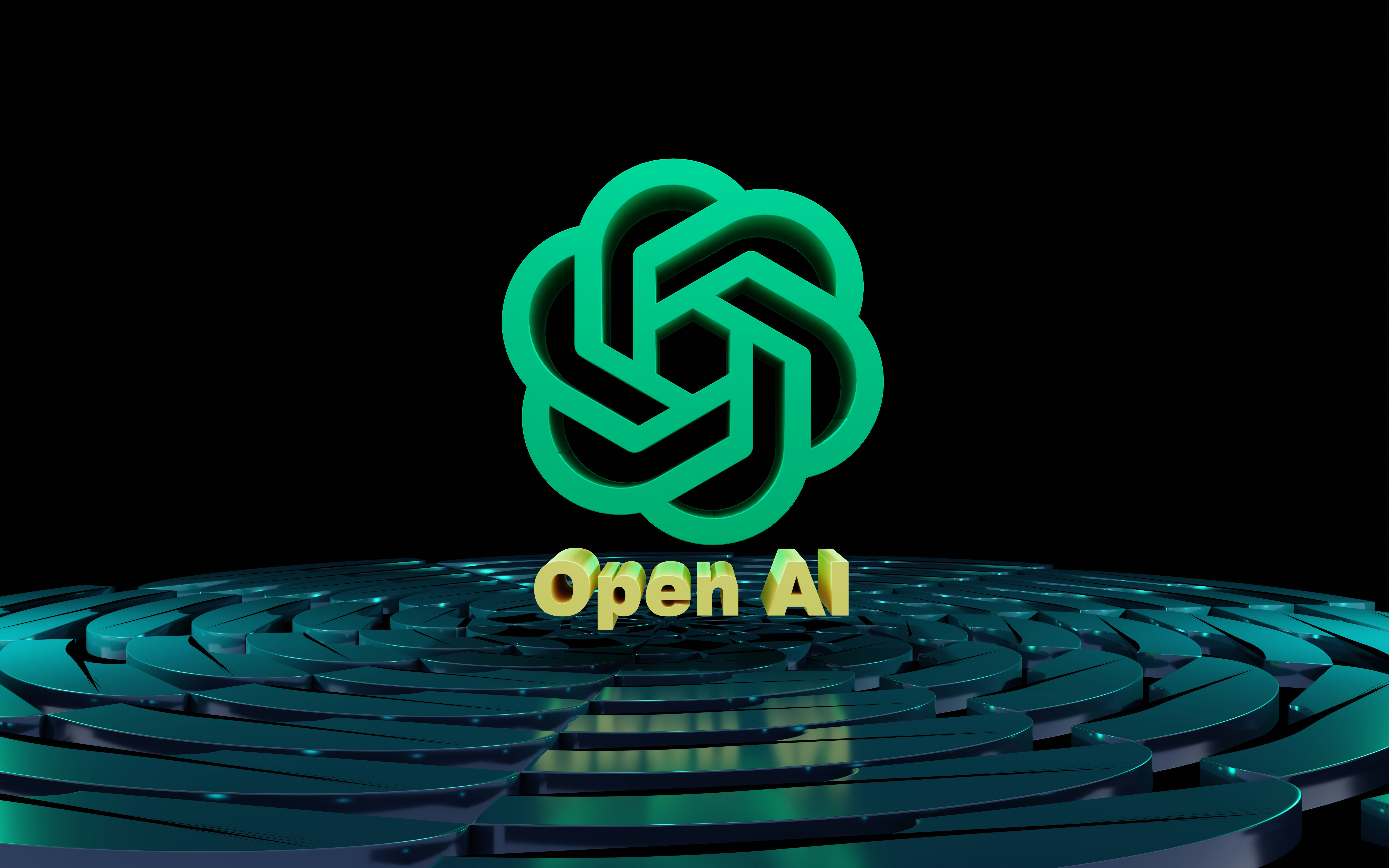Snapshot:
Deal size: $38 billion.
Duration: multi-year commitment.
Aim: Give OpenAI access to massive AWS compute (hundreds of thousands of GPUs and millions of CPUs) for training and running large models.
Why it’s notable: OpenAI has broadened its cloud footprint beyond its prior exclusive alignment, marking a major strategic pivot for both OpenAI and AWS — and reverberating across the cloud industry.
Why the number matters (and why you should care):
That $38 billion figure is more than an eye-catching headline. It represents the scale at which modern AI operates: training cutting-edge models now requires industrial quantities of compute, specialized GPUs, dense networking and huge data-centre capacity. When a single company commits tens of billions just for cloud infrastructure, it changes incentives — for cloud vendors, chip makers, enterprise customers, startups, and even regulators.
For users of generative AI, the tangible upside is straightforward: more compute can mean faster responses, larger context windows, more advanced multimodal capabilities, and better global availability. For investors and executives, it reframes the question: success in AI may depend as much on supply chains, data-centre capacity and partnerships as on model innovations.
The strategic playbook behind the move
Diversification and scale: OpenAI is reducing single-vendor dependence by expanding infrastructure relationships. That lowers concentration risk and gives it bargaining power to negotiate on both price and availability.
AWS’s bid for credibility: Landing OpenAI’s workloads is a major branding and technical win for Amazon — it demonstrates that AWS can host frontier AI work at scale.
Compute as battleground: The deal turns compute into an explicit competitive lever. Cloud providers now compete not only on features and price, but on who can deliver the most performant, specialized hardware where and when customers need it.
What this looks like technically (plain language)
OpenAI needs both training and inference capacity. Training a state-of-the-art model is extremely GPU-heavy and benefits enormously from low-latency networking and optimized data-centre stacks. Inference — the act of answering your prompts — scales differently but still needs distributed GPU clusters to serve millions of users with low latency. The AWS commitment promises ultra-dense GPU clusters tuned for AI workloads plus the CPU headroom to orchestrate and scale them worldwide.
The economics and the risks
Spending tens of billions on cloud compute assumes a future with massive recurring revenue from AI products and services. If demand scales as expected, the investment could be transformational; if it lags, it becomes a heavy fixed cost. There are additional risks: supply constraints for specialized chips, regional power and cooling limits, and the potential for competition to undercut pricing or lock customers with superior integrated stacks.
